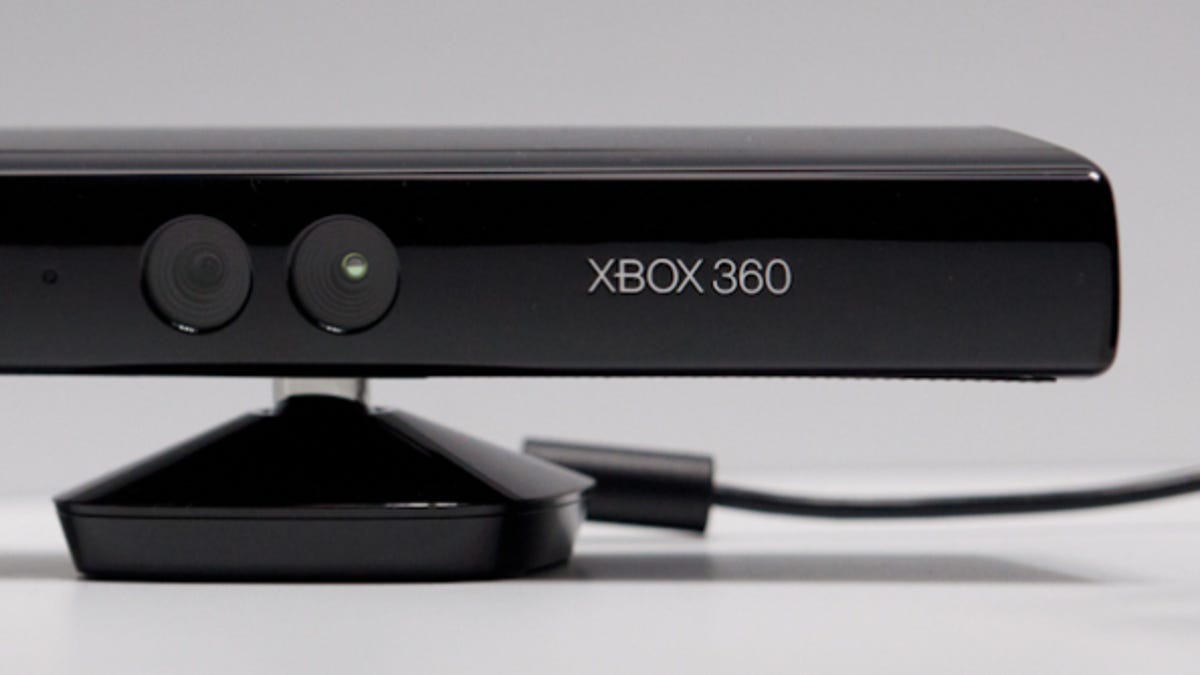Ballmer: Kinect support headed to PCs, in time
During an BBC interview, Microsoft's CEO says Kinect will one day work with PCs, but that the move won't happen right away.

What do you do with a gadget that's sold 8 million units in 60 days? You make it work on a platform that's larger than the 50 million install base it's built to work with. That would be the reasoning behind bringing Kinect to PCs, which Microsoft CEO Steve Ballmer did his best not to deny when talking to the BBC on top of the software giant's CES booth.
When asked by the BBC's Spencer Kelly whether Microsoft plans to let users plug a Kinect unit into a PC in the near future, Ballmer responded by saying "We'll support that in a formal way, in the right time, and when we've got an announcement to make, we'll make it."
That's certainly more promising than a "no," or a "maybe."
Microsoft has long hinted at Kinect's technology making its way to PCs, but for now the only way that's happening is by unofficial means. Almost immediately after the Xbox peripheral's release,tinkerers took to it, gaining access to its camera and microphone systems--a move that at first was frowned upon by Microsoft, before later being embraced.
However, one issue that may hold up Kinect's route to the office is its spatial needs. Currently users need a fairly large play space, well away from TV screens, for it to pick up accurate depth. That said, some of the creations users have come up with using third-party drivers have proven this to be a hurdle that can be overcome with apps that focus on just upper arm movements. Microsoft's introduction of tracking facial movements as part of its upcoming Avatar Kinect feature may be further proof the company is paying more attention to that area of the body for use with other Windows features.

